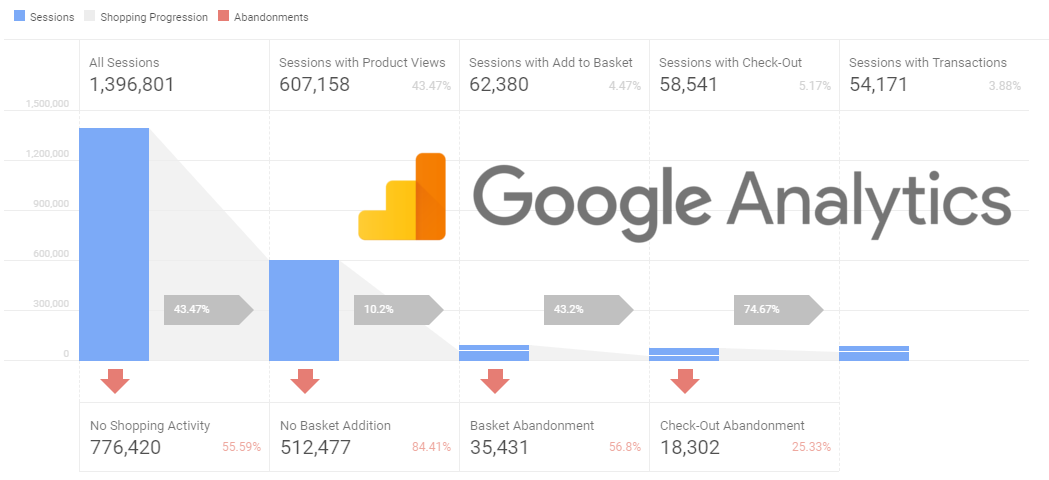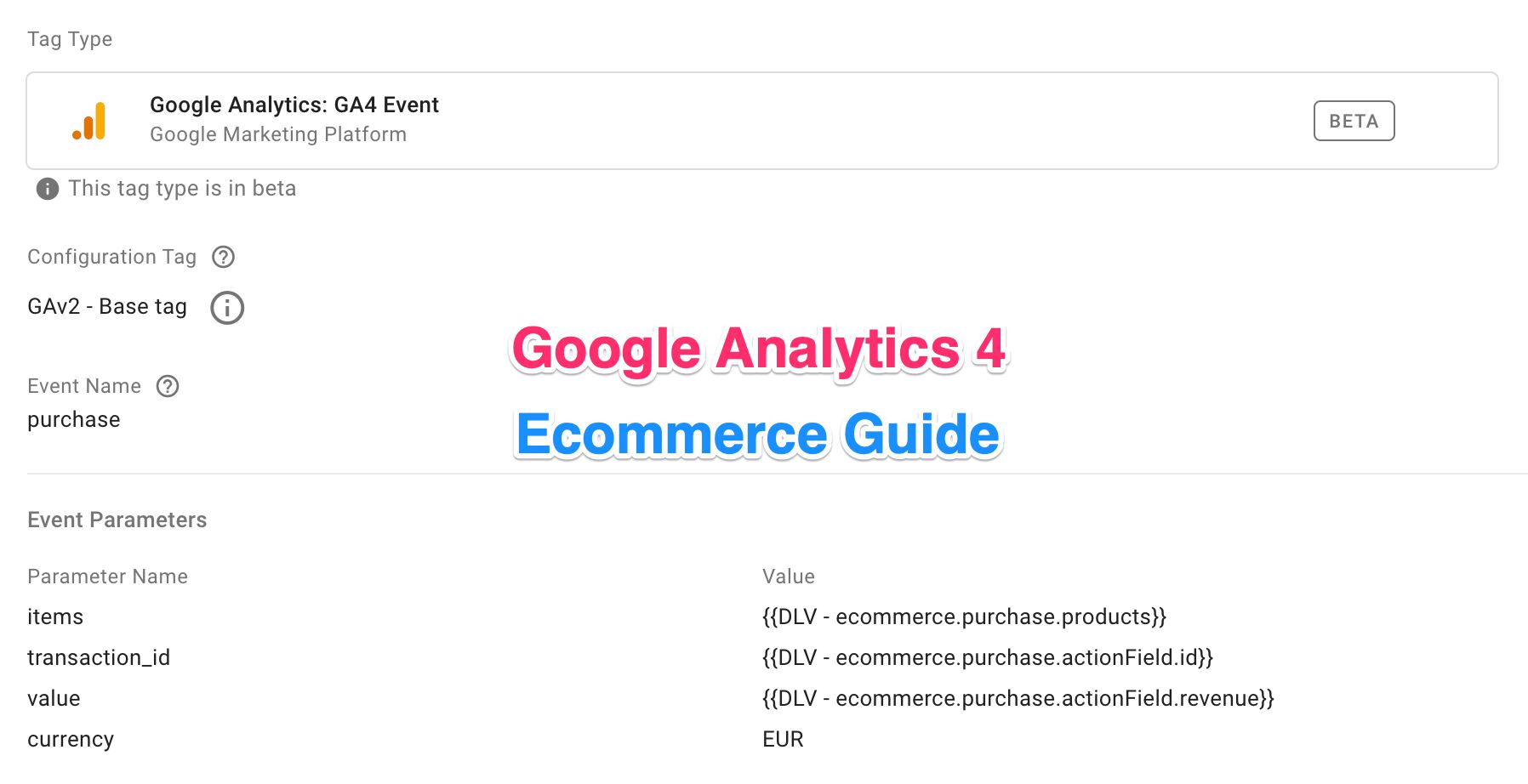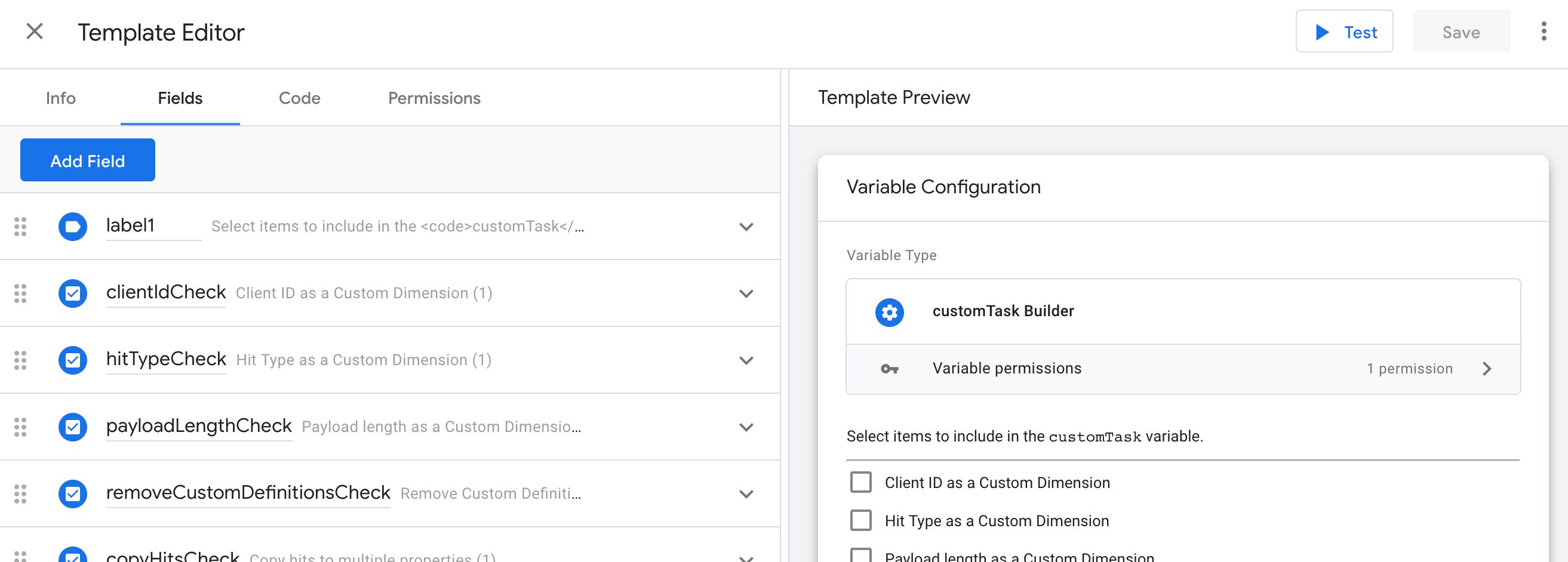Julius Fedorovicius explains setup, custom domain config, and client/tag mapping—providing a hands-on starting point for teams moving to server-side tagging for performance and privacy.
google-tag-manager
15 resources tagged with google-tag-manager
Shows how to configure built-in triggers for YouTube and custom solutions for other players, sending play, pause, and progress events to GA—great for sites reliant on video content.
Silver Ringvee details the exact dataLayer structure for products, impressions, and transactions, plus GTM tag/trigger setup—offering a full production-ready ecommerce tracking blueprint.
Yehoshua Coren walks through adding the base pixel, configuring AddToCart and Purchase events, and troubleshooting—perfect for marketers needing a reliable FB Pixel setup.
Covers mapping CMP results to GTM consent settings, adjusting triggers, and verifying no tracking before consent—essential hands-on guidance for GDPR-compliant tagging.
Julius Fedorovicius explains GA4’s event model, then builds custom click tracking step by step—ideal for learners who need practical instruction on sending site-specific interactions to GA4 through GTM.
Simo Ahava shows how to model the GA4 ecommerce dataLayer, configure each ecommerce event tag, and debug the results—giving practitioners a ready-made blueprint for robust online-store tracking.
Digital-analytics architect Amulya Thorat traces the browser execution flow—container script, library load, tag trigger—showing what truly happens under the hood and how to debug performance issues.
Cardinal Path details eight built-in features—user roles, environments, 2-step verification, tag blacklists/whitelists—that harden GTM against errors and unauthorized changes while supporting parallel team workflows.
Yehoshua Coren & Sam Briesemeister share principles (robust data layer, built-in variables, modular tags) and coding standards that keep massive multi-site GTM deployments resilient to site changes.
Jon Meck shows how trigger exceptions prevent accidental fires, enable safe preview-only testing, and reduce trigger clutter—boosting reliability in complex GTM containers.
Guides readers through naming conventions, duplicate-tag detection, container-size monitoring, consent checks, and a step-by-step quarterly audit routine—ensuring long-term data accuracy and performance.
Presents experiment results, quantifies latency per tag scenario, and lists seven best-practice optimisations (container audits, trigger timing, server-side migration) to keep tracking fast without sacrificing data quality.
Shows how to use Elastic Beanstalk, custom domains, SSL, scaling options, and contrasts AWS flexibility with GCP simplicity—critical for enterprises standardising on AWS while adopting server-side tagging.
Explains why Custom Templates are a paradigm shift for GTM, walks through the Template Editor, sandbox policies, permissions, and reusable design patterns—essential for extending GTM safely in enterprise environments.











